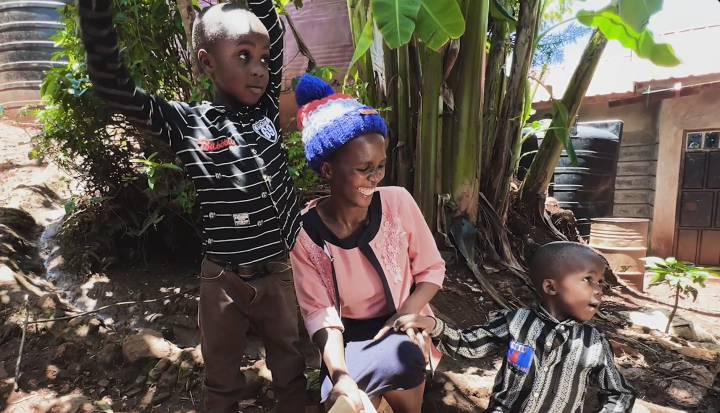There is a risk if low-income women are out of acceleration
With the growing budgets, which are under pressure for increasing tax revenues and with the budgets of governments and governments, the private sector plays an important role in achieving work, growth and opportunity. An approach is an approach, acceleration of work: Intensive programs that help small and medium-sized entrepreneurs (SMEs) to connect and quickly scaling the markets. In the best case, accelerators can get fuel to increase the average level of work, increasing productivity and increase in medium and medium-income countries.
But here’s a critical question: Who benefits?
Ordinary accelerators are usually designed for a narrow slice of entrepreneurs – ASPOFTEN Men, first of all, continues to educated, enterprises in a high-income road. By focusing on this group, we risk the risk of millions of women entrepreneurs and entrepreneurs in the lower part of the income spectrum.
Take Kenya. His 7.4 million msmes creates more than 40% of the country’s GPD. 98% of these enterprises “Micro” – only one or two small transactions, in the most unofficial economy. These traditional acceleration programs are a large number of enterprises, despite the great potential for a large number of enterprises. A large part of these microbials is the owner. Traditionally, these women were seen as “entrepreneurs” as “Entrepreneurs”, who are engaged in a job to live a daily basis. Here, the purpose of developing development, reducing extreme poverty – ‘poverty leave’ programs are directed to use above above the poverty line.
Why do we do not know why low-income women grow? We face systematic obstacles, yes – but we know that there are courage and passions to succeed. Missing, basic accelerators are usually included in the type of target support that offers colleagues that start from a stronger position. Group loans are common for women in the lowest income level, are often more difficult to provide loans to scale, as individual entrepreneurs.
Over the past five years, herbs are specially prepared for women under the income scale, are accelerators. We choose candidates carefully, then we provide important support for intensive business education, mentoring, e-commerce and sector, as well as financial access. We also support the acquisition and clearance of women’s business owners. We have reached more than 10,000 entrepreneurs so far. This yield Surprisingly: Participants usually earn four times more than the program of international poverty – $ 2.15 – $ 2.15 is four times more than international poverty line – the funds are re-investing.
The blow is double. Growth creates a place of work and helps extensive economic development. But at the same time, the direct reduction of poverty increases women’s income. This larger, more firming enterprises ensure that women have invested in their children’s nutrition, education, housing and health.
Alice is an example of a difference in Kenya Muranga County, Ally, target acceleration program. Before joining our program, he was a housing plantator who was a milk cow. Agricultural education helped to stabilize its income, but it was an acceleration and growth loan that changed his future. Alice was now cooking a loaf of three people working and providing five local schools. Alice is no exception – the correct tools and women are evidence that women can achieve.
The accelerator is not a silver bullet, not for everyone. However, if we seriously approach the inclusive growth, we ignore the vast majority of small business owners. Of course, we cannot leave women behind.
In the seizure, only one learning event invited in Nairobi on October 22, bring together experiments, politicians, financial institutions and philanthropists and explore the future of increments.
If you want to participate – or learn more about our acceleration work – Please hand in hand

